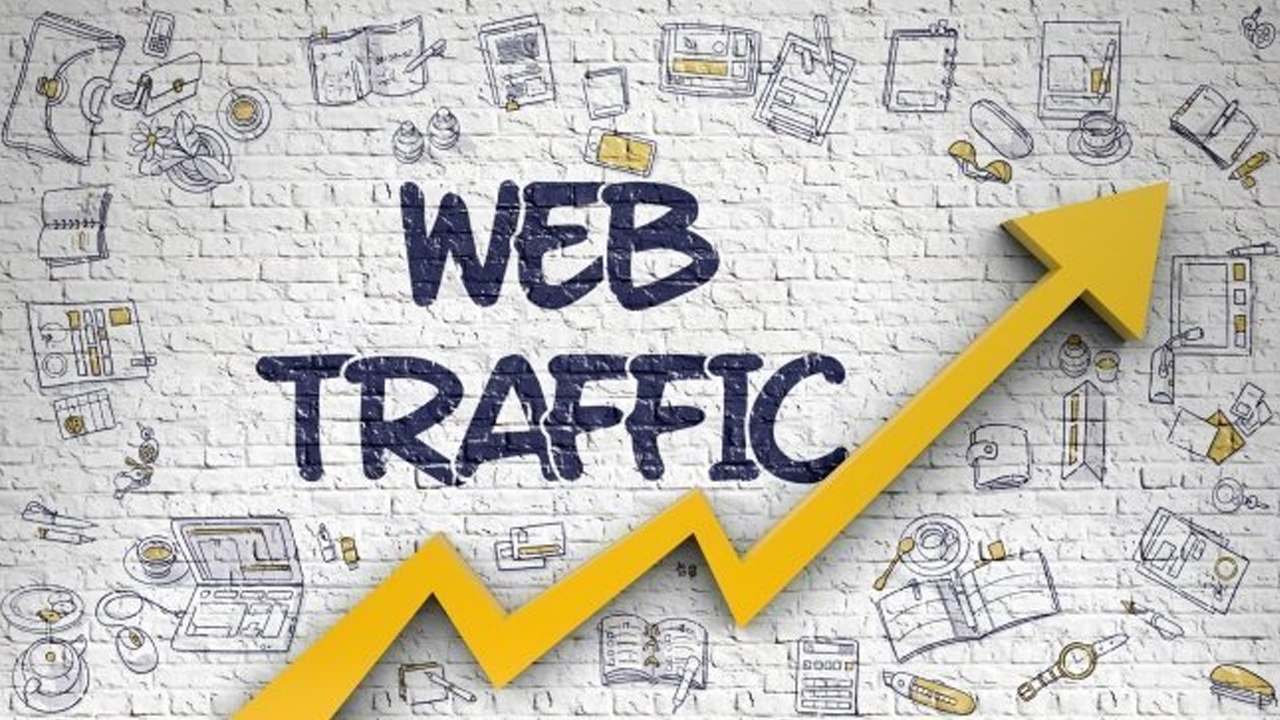By Machielle Thomas, Content Manager
In an ever-changing digital marketing world, bloggers and brands alike are looking for the next big way to generate revenue and website traffic. In 2017 (and for the foreseeable future), that tactic is influencer marketing. As reported by a 2016 TapInfluence study with Nielsen Catalina Solutions, influencer marketing content delivers 11 times higher return on investment (ROI) than traditional digital marketing methods.
With such a drastic ROI, it’s no wonder bloggers are jumping on the influencer marketing train, and from both angles, too. Bloggers are transforming their website and marketing efforts to position themselves as influencers, while also targeting and working with other influencers to promote and distribute content.
As a result of the skyrocketing popularity and success of influencer marketing, you may be wondering: Should I become an influencer? Is influencer marketing the right tactic for my blog?
The answer is a resounding it depends. For some industries, blogs, and brands, you’d be crazy not to take advantage of influencer marketing. However, for others, influencer marketing would be a waste of precious marketing funds.
What is Influencer Marketing?
Defined by TapInfluence, influencer marketing is a type of marketing that focuses on using key leaders to drive your brand’s message to the larger market. Rather than send promotional content directly to consumers with traditional digital marketing tactics, such as email marketing and display ads, influencer marketing relies on outside individuals known as influencers to deliver a message.
Influencers are individuals with moderate to large fan followings on top social media and content marketing platforms including Twitter, Instagram, Pinterest, and YouTube. In addition, many of these influencers operate and maintain a blog.
When a brand decides to use influencer marketing as part of their promotional strategy, they must target, connect with, and properly compensate influencers. Often, influencers will create sponsored content featuring the brand and product/service to share on their respective social media channels and blog.
Why Do Brands Use Influencer Marketing?
In an age where anyone can become an advertiser, we are more skeptical than ever about our online activity and purchases. It has been reported that 96% of people believe the advertising industry does not act with integrity, with 69% of these people attributing their mistrust to the advertisers’ desire to sell more effectively.
With this in mind, we look to our friends and trusted sources for recommendations and advice, as well as for guidance on purchases. In fact, 71% of consumers are more likely to make a purchase based on a social media reference.
When brands partner with online influencers, they are looking to prove to customers why they are a trusted company and product or service. With 49% of people saying they rely on recommendations from influencers when making purchase decisions, it’s easy to see why companies hop on the influencer marketing bandwagon.
On top of online sales, brands use influencer marketing to:
- Drive social media engagement on their brand channels
- Gain quality backlinks for their online content
- Generate consistent website traffic
- Foster a connection with targeted audiences
- Improve awareness of a brand or specific campaign
While influencer marketing can be beneficial for both parties involved, you need to determine if it is the right course of action for you and your blog before jumping in head first.
How to Determine if Influencer Marketing is Right for Your Blog
First, let’s approach the question from the standpoint of becoming an influencer.
To become an influencer, you must regularly create quality content on your blog and on social media. On top of developing and distributing content, you need to regularly interact with your audience and generate a loyal following of fans. This is not a small feat.
Plus, you must determine if you have a competitive edge in your particular market or niche. What makes you stand out as a blogger or influencer? Can you carve a place for yourself as an influencer? If so, have at it! Work to position yourself in the market and begin partnering with brands as an influencer.
On the other hand, if you are not ready to become an influencer, you can partner with relevant influencers to improve awareness of your brand and blog. However, while a 2015 Forrester report claims 73% of marketers say they have an allocated budget for influencer marketing, it’s not the best tactic for every blog.
To determine if influencer marketing is the right path for your blog, complete the following steps.
1. Ask “Why?”
You shouldn’t invest in influencer marketing because everyone else is. You need to identify why influencer marketing will be an advantageous marketing strategy to accomplish your objectives.
Are you looking to have influencers share and link to your blog content for search marketing purposes? Are you looking to drive more targeted customers to your blog? Perhaps you’re looking to grow your social media following and share your content with a larger audience. All of these goals can be accomplished by collaborating with influencers in your particular market or industry.
2. Set Goals
As with all online marketing tactics, you must set objectives for your influencer marketing strategy. Goals can include:
- Increasing your social media following by X% over a specific period of time
- Improving the amount of website traffic from a specific online source
- Raising the number of brand/blog mentions online
- Adding more quality backlinks to your blog link portfolio
Without outlining your goals, you will spend money on influencer efforts without being able to quantify the results. This may lead to short-term gains but not long-term outcomes.
3. Ask if Influencer Marketing Makes Sense for Your Industry
Also, before giving the “go ahead” on influencer marketing, you need to identify if the right influencers for your industry exist. Some industries, such as the lifestyle products and travel industries, are overwhelmed with influencers. These blogs and brands have thousands of influencers to vet and choose from. On the other hand, manufacturing businesses and the pharmaceutical industry will have a harder time finding the right influencers to partner with.
You must also determine if influencer marketing truly makes sense for your industry. Do customers rely on the opinions of influencers before purchasing your products or services? For commodities, certain B2B markets, and other industries such as manufacturing, this may not be the case.
Take the time to research your industry and identify influencers that would partner well with your marketing objectives.
Tools to Help You Win at Influencer Marketing
Should you decide that influencer marketing is the way to go, use these tools as part of your strategy:
Followerwonk by Moz
Followerwonk is a free tool from Moz which allows users to search for Twitter influencers based on a number of filters including topics, followers, and social authority.
UTM Parameters
UTM Parameters are tiny bits of code added to the end of a website URL to help marketers track results. Use these parameters when working with influencers to identify how much traffic their content drives to your website or blog content.
BuzzSumo
BuzzSumo is an in-depth content marketing tool which allows you to research topics, influencers, and so much more. This robust tool helps marketers find ideal influencers based on keywords, hashtags, and social media metrics.
SEOquake
If using influencer marketing for SEO and link building purposes, you’ll want to know more about the influencer’s website. SEOquake is a browser add-on that delivers robust information about websites with a few simple clicks.
CrowdFire
CrowdFire enables users to identify people to follow based on interests, industries, and more. In addition, this tool is great for influencers who need to manage their personal social media following and unfollow irrelevant or dormant accounts.
BuzzStream
As one of the leading blogger outreach tools, BuzzStream is an essential asset for influencer marketing strategies. With BuzzStream, brands can analyze influencers, reach out for opportunities, and manage relationships in one place.
Will You Invest in Influencer Marketing?
So, is influencer marketing right for your blog after all? Let us know in the comments section below.



